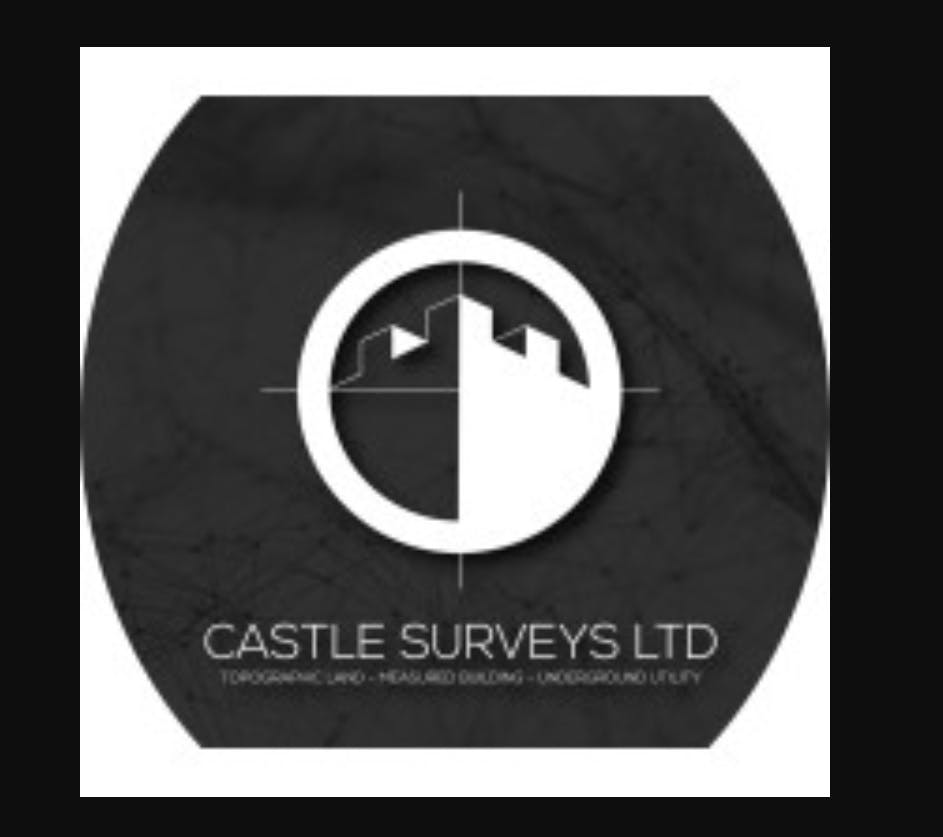Scan to BIM: The Advancement of Scanning Technology

The fact is, scanning may be the only cost-effective approach to gather the current world.
You simply can't enter into a cathedral, oil refinery, or metro multi-use entertainment premises and determine with rulers and count on to find the accuracy you must confidently design renovations. Find more information about Scan To BIM Warwick
Laser scanning is the only way to do it.
Up until just recently, BIM users would have a set of "asbuilt drawings" put them into a 3D modeling program and make up a computer model to work from. Now, after a long period of doing that, the tough understanding has surfaced that you have numerous discrepancies between your "record drawings" as well as the actual environment to become built.
If it's sheetrock and wood, it can be tweaked to fit. However, if it's glass, steel, concrete or mechanical equipment, a seemingly small mistake can grow extremely expensive as it is quite a bit more difficult to warp and flex. (Placing high-priced new equipment into a location that may be too small is actually a horror for the specialist, designer, engineer along with the insurance company.)
These new 3D laser scanning systems have dramatically altered the surveying industry - and so they have transformed it fast. But to completely be aware of the advancement, let's require a step rear....
2004: 360-Degree Scans
The first 360-degree scanners emerged into the scene around 2004. Prior to that, if you desired to scan one thing above your head, you were required to tilt the scanner again and scan at a sharp position, since many only possessed a 120-degree scan potential on the straight axis. A number of companies arrived with full direct scanning devices relating to this time that created it less difficult.
2006: Time-of-Flight Tests
The next advancement was time-of flight scanning devices. In 2006, a period-of-flight scanner had taken about 45 moments to one hour for a whole 360-degree scan. If you could do 8-10 scans a day, you were carrying out very well. Nowadays, the same can be accomplished within 12-a quarter-hour, based on the solidity you want a scan.
At our firm, our first scanning projects were roadways. In a really complex location, we will scan 1"X 1". The time-of-fight scanning devices in the past could accumulate 4,000 factors per second. Now they may easily acquire 50,000 factors per second!
2008: Phased-Centered Scans
Today's stage-centered scanning devices gather 2,000,000 factors per second and can create a ¼-in . x ¼-inch design with a distance of about 100 feet. This can be extraordinary and as fast and packed since the average user requirements. The hardware will ultimately get better, speedier and less costly, but phase-centered scanning is useful, stable, and supplies the opportunity to scan most situations inside a acceptable about of your energy.
Provide: Scan to BIM
Today, the major research money is headed towards Scan to BIM technology, which changes millions of things in the point cloud into beneficial data.
Several companies have started dealing with this including small impartial companies like Pointools, which arrived up having a means for scanning devices to identify smooth areas. (As small as this might appear, it is a huge advancement.) The program will likely understand water lines and model them automatically about 50% of the time. (Another key advancement.)
Now many of the pipe programs are receiving towards the same place and evolving the tennis ball. Presently, we are at the things i phone the "Model T Ford" in software programs, but each and every year the programs get better.
The next advancement
Experiencing now examined may very complex regions in industrial sites, we have now got the opportunity to compare these people to the asbuilt sketches. In the side to side view, they can be close geometrically towards the true. But also in their top to bottom axis, the plumbing and duct work in the asbuilt drawings are rarely right.
Plenty of good reasons just for this, but most often it is simply because the process is indeed challenging that anytime an installation technician sees a simpler path, he generally takes it.
"Record drawings," or asbuilt surveys, are rarely accomplished right after the work is complete. Usually, the chat moves one thing like this: "Listed below are the design sketches. Redline any modifications that you produced."
There is certainly very little determination to do an entirely new survey. But if a design team takes these documents and types them inside their computer programs, they are unknowingly creating a number of problems for your contractor about the new job.
We just recently required a set of asbuilt documents for a complicated project, modeled them then in comparison them to the level cloud to do a conflict detection to find out prospective interferences. The result was eye opening up.
Some of the plumbing, tubes, waterlines or fire facial lines in the roof had been in the place displayed about the record drawings. If these documents was used, the MEP contractors might have spent 10 times our charge "area fitting" the latest utilities within the older.
Together with the utility and expense of laser scanning, it can be smart to work with one on every renovation project. If for little else, insurance! Just one field fit can sometimes price way over the scan itself.
If you scan the environment and placed the recommended design in to the position cloud, you can tell with a few minutes in which the major interferences will be. We certainly have found issues that will took in excess of $100,000 to fix should they needed to be discipline-modified during construction. Some had been deadly flaws in the required design clearance which could not have access to been achieved as well as a totally new design will have were required to been posted.
Scanning to BIM is a major and intensely essential step in surveying. Right now, it will be the design software which is trying to capture up with all the scanning prospective. Previously this coming year, several new programs have come out that happen to be significantly better at accepting stage clouds and computer models, nonetheless they continue to have a long path to take.
Not needing a design according to a laser scan of your real surroundings is actually a risk that number of designers should get. I understand I wouldn't want to explain to an operator that there exists a construction problem that might have been prevented with a relatively inexpensive laser scan.
Laser scanning has changed from a "luxury" to your very best exercise and it's not much of a step that any wise designer should skip.
